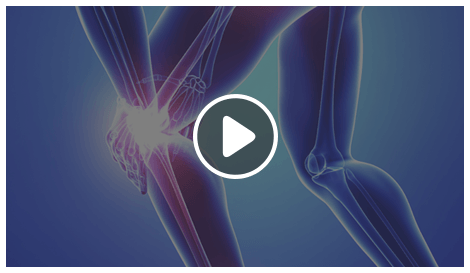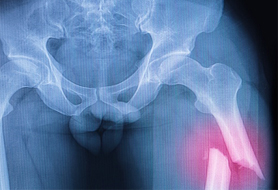Hip Instability
Hip Anatomy
The hip plays an important role in supporting the upper body weight while standing, walking and running, and hip stability is crucial for these functions. The femur (thighbone) and acetabulum (hip bone) join to form the hip joint, while the labrum (tissue rim that seals the hip joint) and the ligaments lining the hip capsule maintain the stability of the hip.
What is Hip Instability?
Injury or damage to these structures can lead to a condition called hip instability. Hip instability happens when the hip joint becomes unstable causing various symptoms.
Symptoms of Hip Instability
The most common symptoms of hip instability include:
- Pain
- Laxity
- Giving way of the hip
- Producing a clicking sound
- Dislocation
Causes of Hip Instability
Hip instability can be traumatic or atraumatic. Traumatic instability can be caused by injuries from sports or motor vehicle accidents. These injuries can damage the bony structures, labrum and cartilage of the hip joint and can form loose bodies. It can range from severe dislocation to a simple subluxation (partial displacement) of the hip joint. Atraumatic instability can be caused by overuse or developmental/congenital abnormalities of the hip joint.
Conditions that can cause hip instability include:
- Labral and ligament tears
- Hip dysplasia (misaligned hip joint bones)
- Femoroacetabular impingement (abnormally shaped hip joint bones)
- Tears to the ligamentum teres
Diagnosis of Hip Instability
Your doctor will diagnosis hip instability based on your medical history and a physical examination. Imaging studies such as plain X-rays, MRI, and MRI arthrography (use of a contrast agent) may also be ordered to confirm instability. Your doctor may also perform hip instability tests such as posterior impingement or dial test; both of which involve simple range of motion exercises.
Treatments for Hip Instability
Your doctor may start you off on a conservative/non-operative treatment approach such as protected weight-bearing (crutch, cane or wheelchair) and referral to a physical therapist for exercises. A physical therapist will instruct on special exercises, focused on improving your strength, balance and flexibility.
When conservative options fail to resolve your symptoms or if you have large fractures, you may be recommended to undergo surgical management. Surgery can be arthroscopic (minimally invasive) or open depending on your condition. Most of the common causes for hip instability, such as damage to the hip capsule and ligaments surrounding the joint, and labral tears can be rectified arthroscopically. Your doctor will be the best person to address your concerns and help you overcome your instability.
















